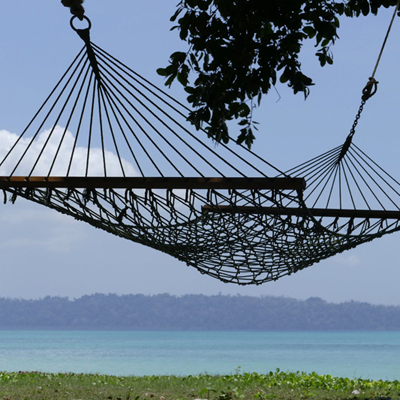
The fertile crescent was a very important area for early human civilizations, the Phoenician, Assyrian, Sumerian, Mesopotamian and Babylonian civilizations all thrived in the fertile crescent. The fertile crescent also plays a crucial role in western civilization. The story of Abraham, in the Hebrew Bible (the Christian Old Testament), depicts Abraham's movements across the fertile crescent. Abraham was born in Ur. While there is some debate as to which Ur Abraham was born in, it was most likely the Ur at the eastern end of the fertile crescent [Milard], near the Persian Gulf (located in modern day Iraq.) Abraham eventually settled on the western end of the fertile crescent in Canaan (modern day Israel and Syria.) If you look at map of his journey, you'll see that he did not take the most direct route, across the Arabian and Negreb deserts, but rather followed the entire fertile crescent. (If you follow theories that put Abraham's birthplace in what is now Turkey, he still crossed most of the fertile crescent.)
While the fertile crescent is still an agriculturally friendly area, it is not as fertile as it was during the times of earlier civilizations, when the land was capable of supporting many more people than it is today. Thousands of years of deforestation and salinization from irrigation are partially responsible, but more recent drainage and damming have been much more damaging.


